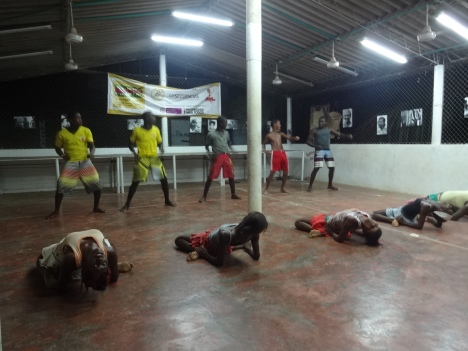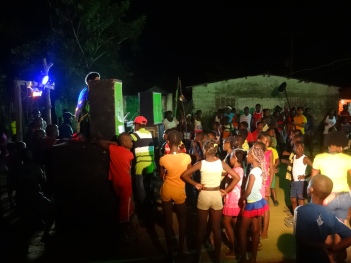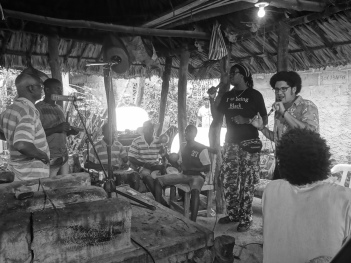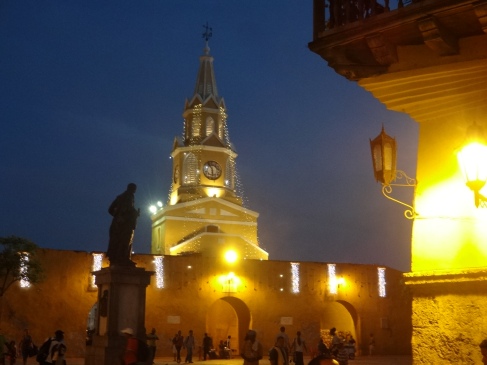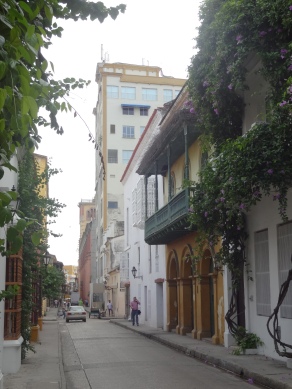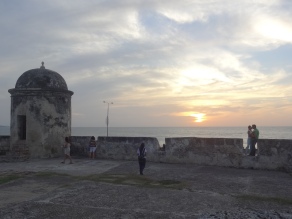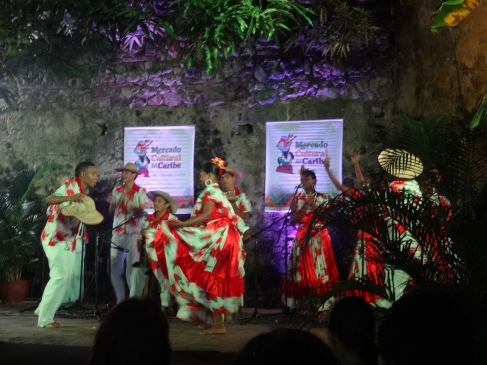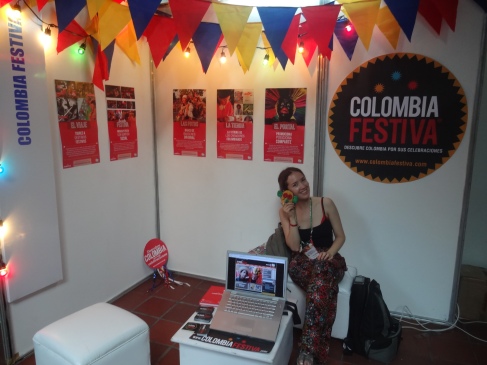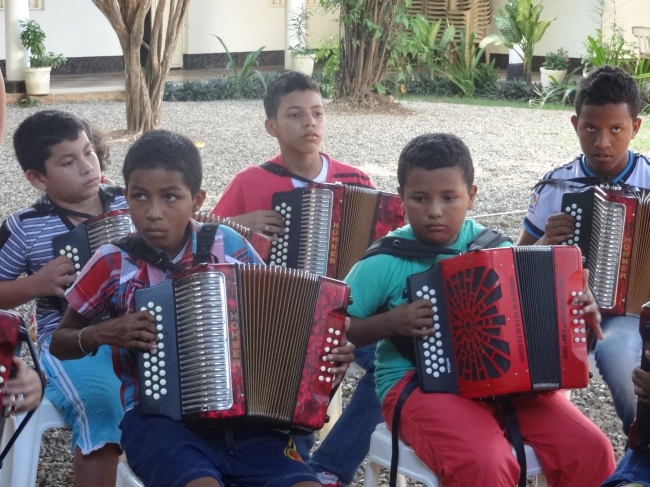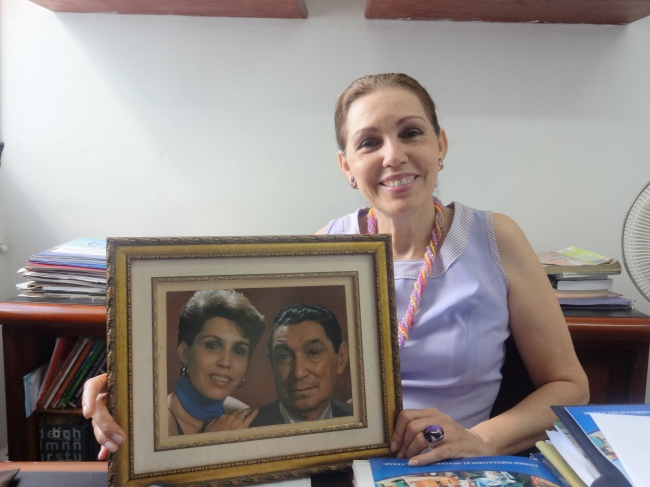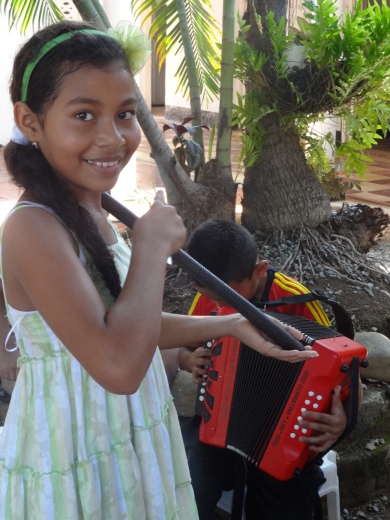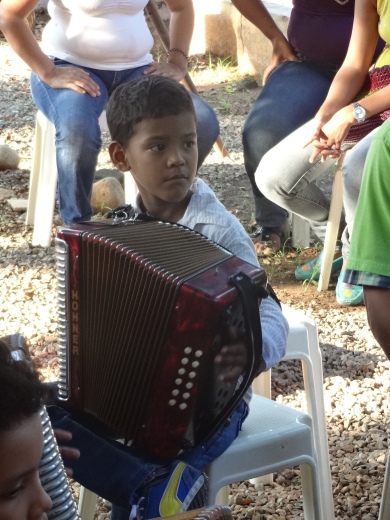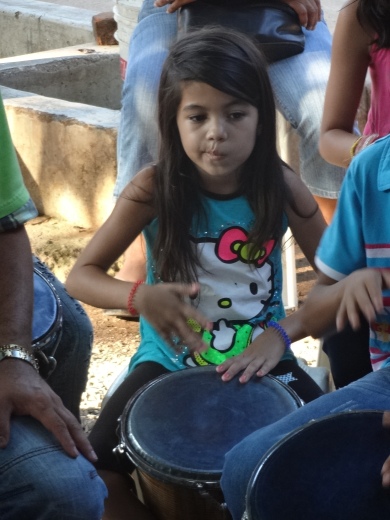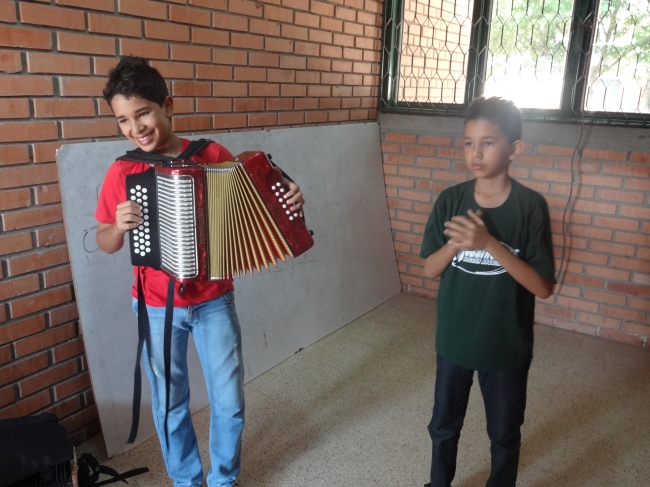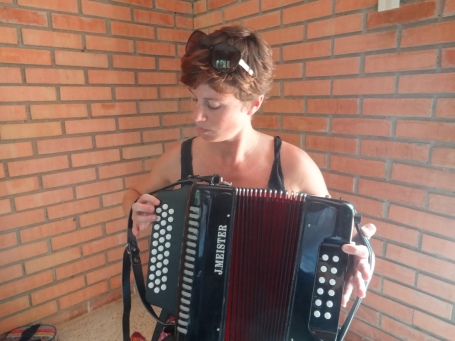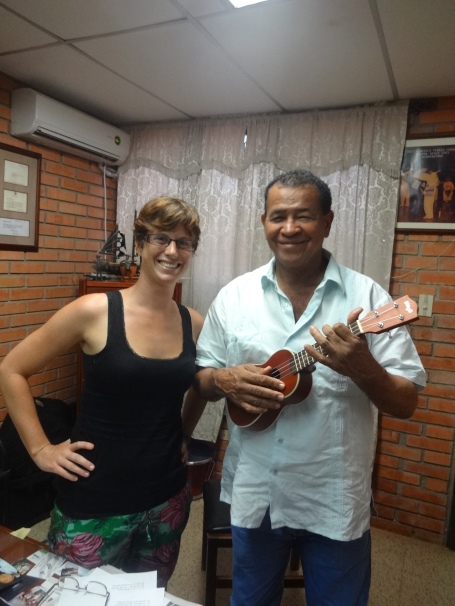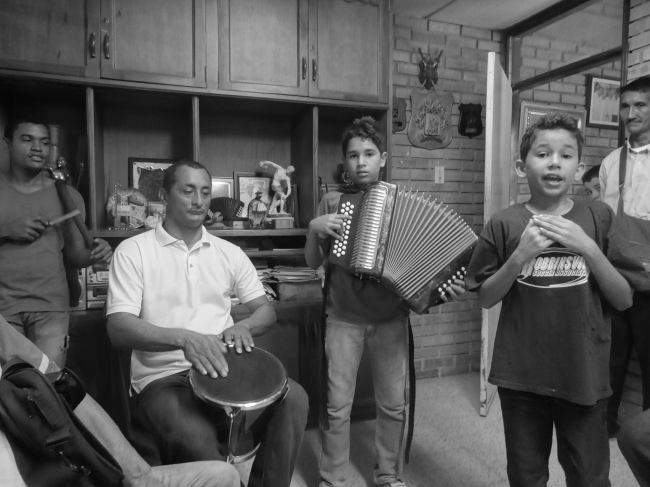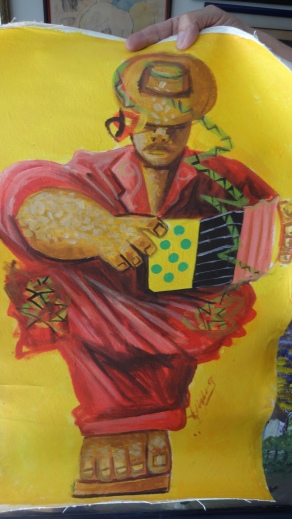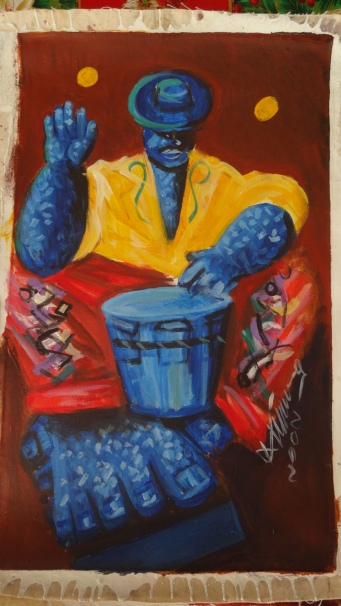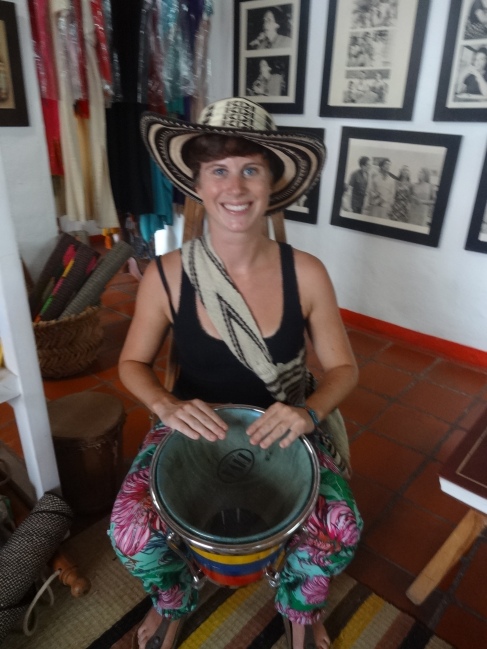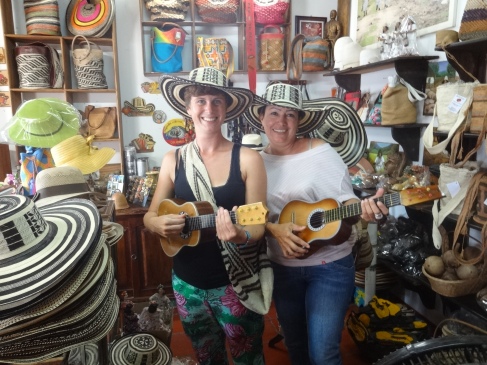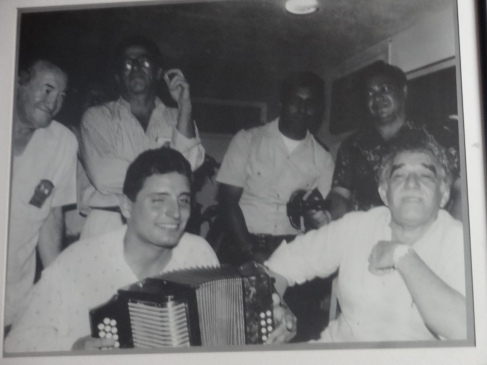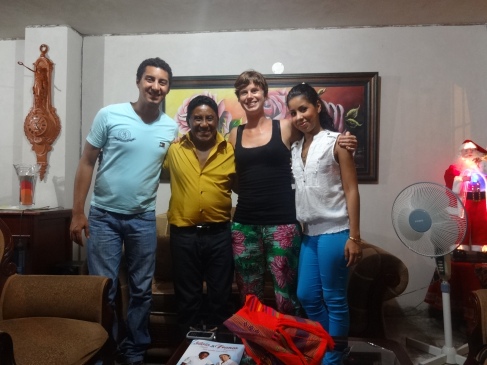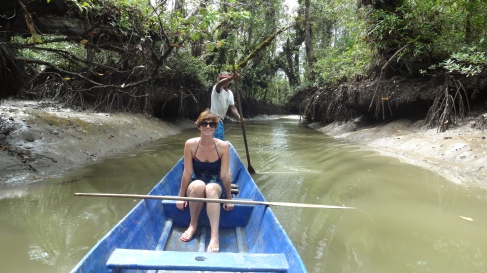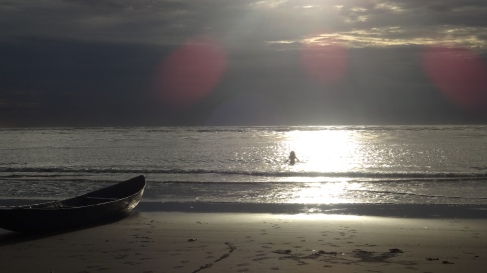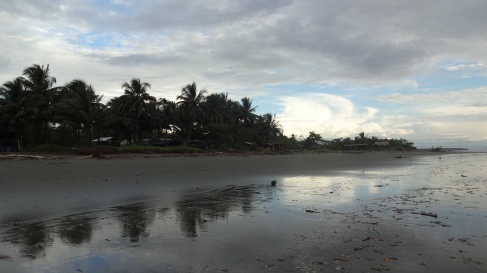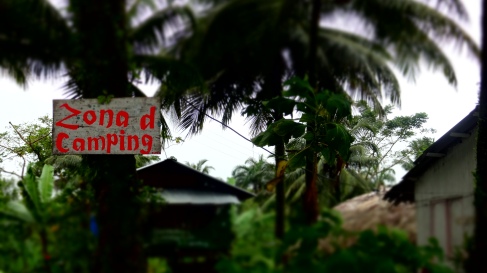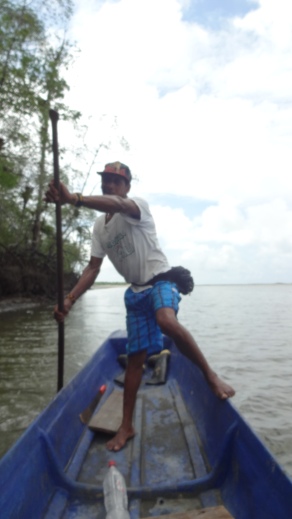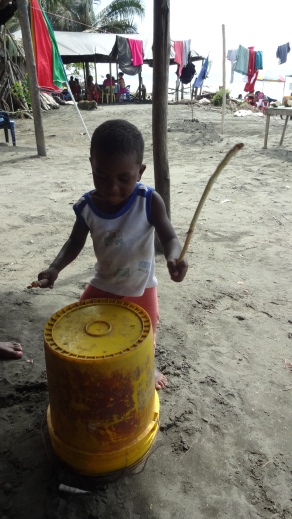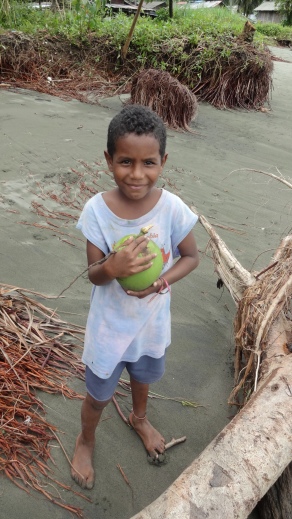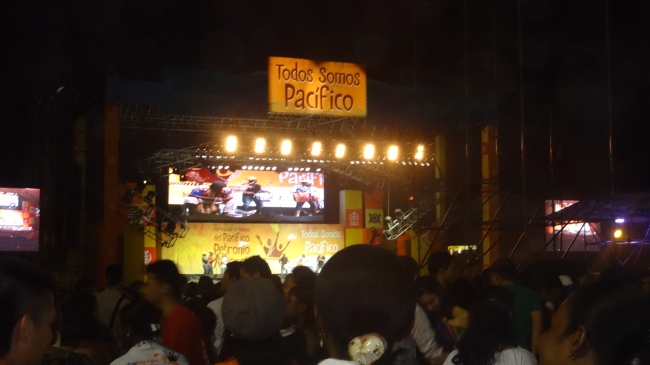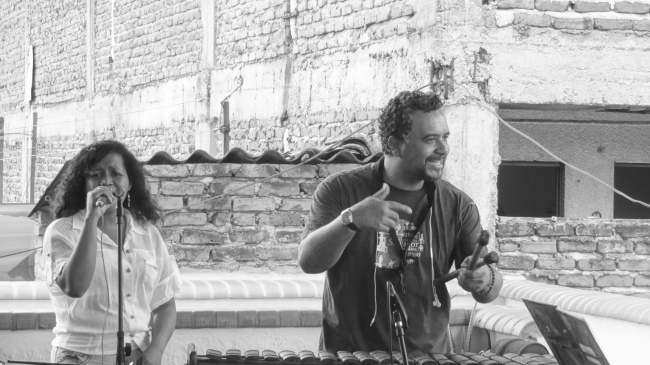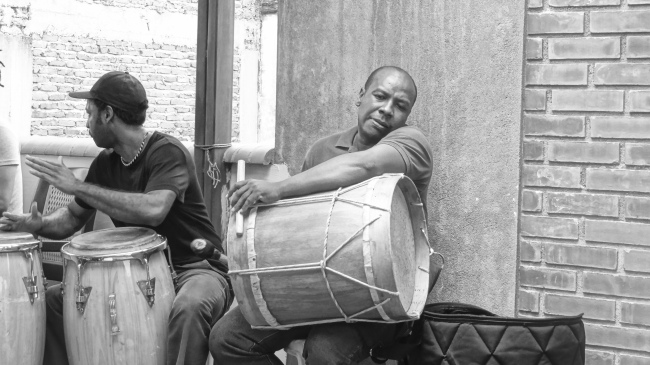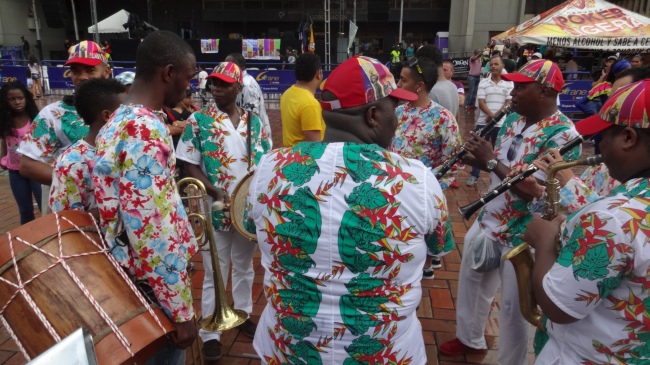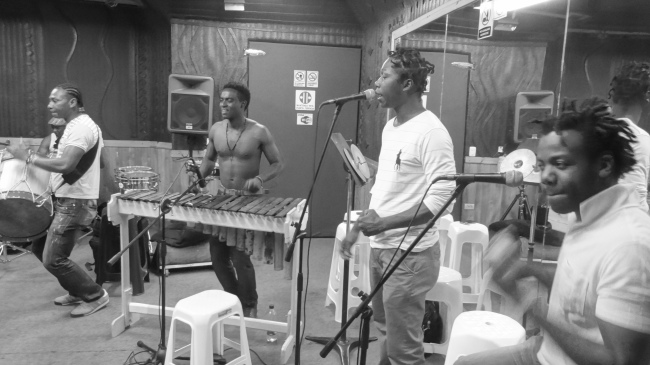If you’re putting something off, there is no better way to motivate yourself than adding something even more insurmountable to your to-do list.
On Tuesday I managed to cross off a stream of menial tasks that had been pestering away at me for months: I paid my credit card bill, got my boots re-heeled and even went for a run all so I didn’t have to face up to the ever-nearing deadline in my diary: Writing My Colombia Report.
And for me going for a run is a BIG DEAL. This is the general process I go through: (you might need to click on it to see it properly)
I then generally spend the next week barely able to step onto a bus, let alone climb the stairs to the top deck. And more fool me in those moments when my coffee buzz gets the better of me, and I charge two at a time up to the top to claim a window seat, happy-as-Larry until I need to get off again: For the downward climb is always far far worse. I begin my waddle long before my stop is announced, and only just make it to the bottom as a the doors are closing, holding up hoards of angry commuters who know how to exercise properly.
I begin to feel like an octogenarian every time I have to pick something up from below eye-level, cursing the world and exhaling loudly as once again my legs seize up. So much for getting another run in on Thursday… it’s going to be a fair few months before those trainers get some more action.
One thing I have had to pick up off the floor a lot recently is school guitars. I am lucky enough to be living the dream as the Anti-Govian, slightly oxymoronical ‘Part-Time Teacher’, educating the youths on all things musical.
Well not all things. Mostly just campaigning for the RSPCG – Royal Society for Prevention of Cruelty to GUITARS.
This is no longer Sarita with her guitarrita: this is Sarah with twenty five, full sized, out-of-tune, broken-bodied, string-impoverished guitars. And twenty five slightly jittery teenagers to accompany them. Although I’m not sure we’re ready for any ‘accompanying’ yet.
I finally empathise with Phoebe in friends when she tells Joey, ‘do you want to learn to play the guitar? Well DON’T TOUCH ONE!’ as the main learning objective of my lessons currently is to learn how to put a guitar gently on the floor without killing anyone nearby.
I try to remember my positive behaviour management: ‘Well done, Jimmy, you’ve put your guitar on the floor without blinding the person next to you… well done, Kim, your guitar still has six strings – excellent musicianship!’
There have been tears: the song we chose to learn seemed to have been played at everyone’s Gran’s funeral/parental break-up/dog’s burial but my students have shown surprising resilience in learning the chords. One quite challenging girl had a massive turn around last lesson, led most of the class in a guitar tutorial and gave feedback to all the people who’d made progress at the end! I’ll be out of a job soon if I’m not careful.
My other classes have been less resilient with new music.
I did not earn much street cred in the first few lessons, choosing songs to do with the class that were not in the current top 10 and therefore ‘Old Fashioned’
‘Miss, why are we doing music from the olden days’, followed by a chorus of ‘INIT!’
Guys, this is Aviici, this was out about three months ago, I went to his closing show in Ibiza. Work with me here – I’m still listening to music from when I was in Year 9!
So with trepidation I flicked to reveal the slide of the four new songs that they would be doing for the class band. This time, carefully chosen with my in-the-know head of department who had warned me that anything pre-2014 could be a little bit ‘out-there’.
There it was: four top 10 hits.
‘YES!!!! Clean Bandit! YES!!!!! Happy! Woo! I wanna do that one! No that one! Thanks, Miss!’
PHEW. I could not put up with another week of me dancing around the room singing ‘Wake Me Up When It’s All Over’ at the top of my voice, meaning every word of the lyrics, while the class looked at me, bored, mouthing the words to humour me, and rolling their eyes at my serious musical faux pas. I think fondly of the days when I would buy a 99p single from Virgin Megastore on Saturday afternoon and listen to it on repeat for the next six months… Oh the bittersweet invention of instant download. Instant download is the reason that on Saturday night I bought sixteen ‘hits’ from iTunes when drunkenly hogging the dj slot at a friend’s 30th. There are some classics that I’ll have for ever, but there are also some crowd-pleasers which keep catching me out when I shuffle all my songs. (Backstreet Boys, Waka Waka, Spice Girls, Take That – I’ll let you decide which goes in which category).
But now I’m trying to get my year 9s to be more resilient with their piano playing.
‘How do you play the riff for ‘Rather Be?’
I show them.
They have a go.
Kid, as expected, gets a couple of notes wrong.
‘Can’t do it. Too hard. I give up.’
‘You’ve played it ONCE. Try again.’
‘Too hard. I’m playing the drums?’
I consider telling them my sob stories of years of frustrating piano lessons when I just couldn’t play that Chopin Nocturne, but not sure it’s quite the vibe. I sit down with them again.
‘You can do it – try again!’
‘N0. This is long. Can I change to guitar? Can I do a different piece? Can I go in a different group? Can I go to a different school?’
Over the course of an hour most children have tried out every instrument and every piece of music and as the bell goes, I can’t help thinking about me and my running, report-writing, bill-paying habits – am I just as bad?
But there have been a few who have persevered and have learned the whole piece by ear, or who are singing beautiful solos and drum beats and I start to day dream about all the incredible things we will be able to do over the year: mash-ups that will make Glee blush, whole class bands-turned-end-of-term-flashmobs, five-part harmonies for Happy that rivals the original… It seems a bit crazy, but if I am pushing them not to give up when the piano part gets hard, I need to do the same with the teaching!
‘Don’t stop, never give up, hold your head high and reach the top…’
Now THAT would be a great one for class band. Think I’ll be singing solo though…
![IMG_0454[1]](https://saritaconsuguitarrita.files.wordpress.com/2014/03/img_04541-e1395331896697.jpg?w=300&h=225)
![IMG_0480[1]](https://saritaconsuguitarrita.files.wordpress.com/2014/03/img_04801-e1395352305136.jpg?w=300&h=225)



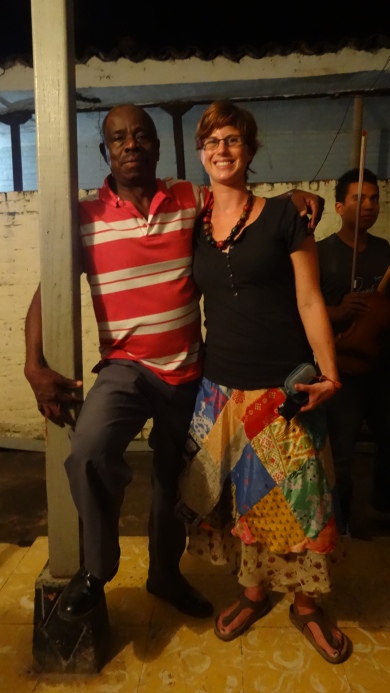
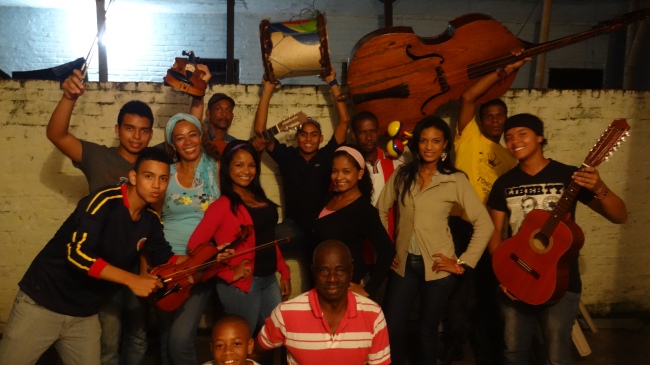
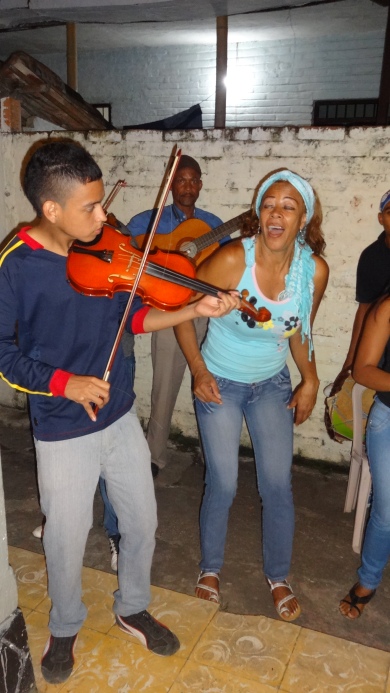
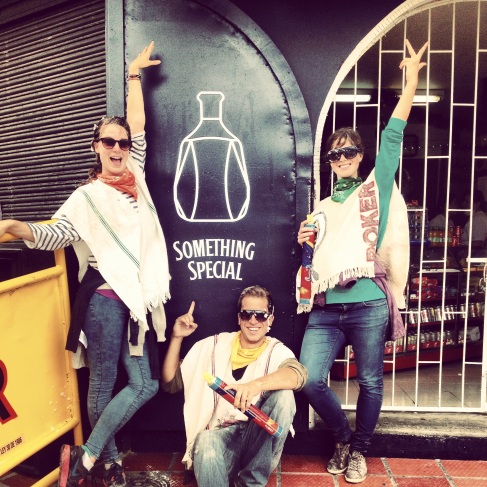
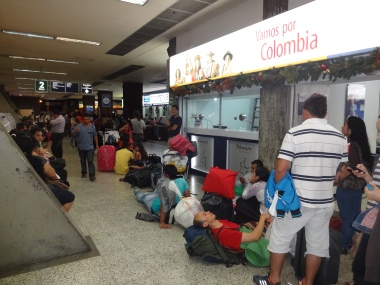
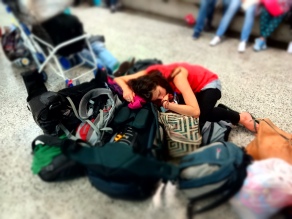
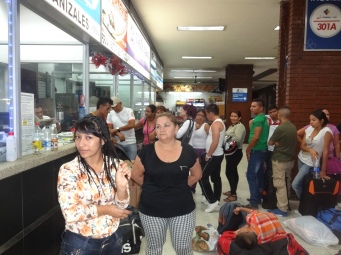
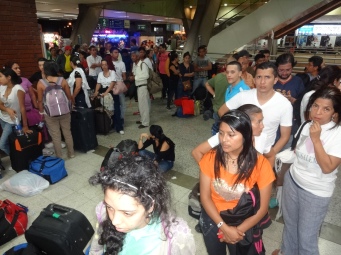

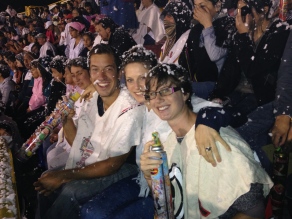
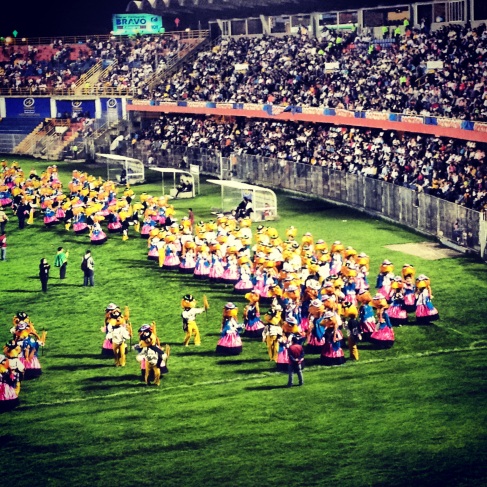
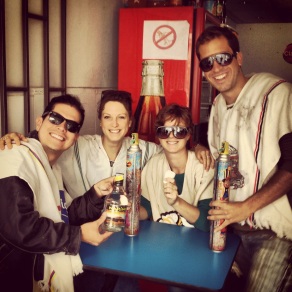
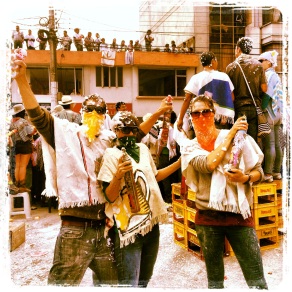
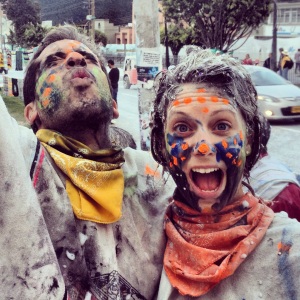
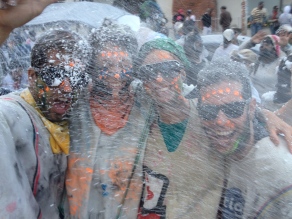
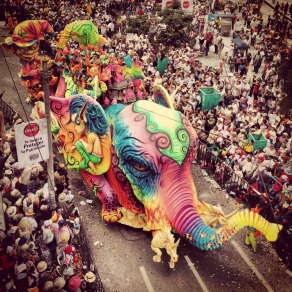
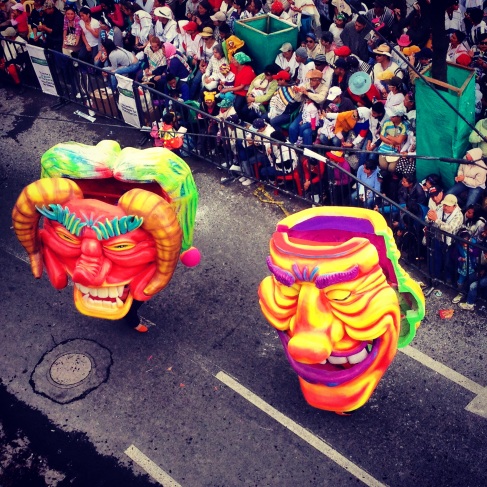
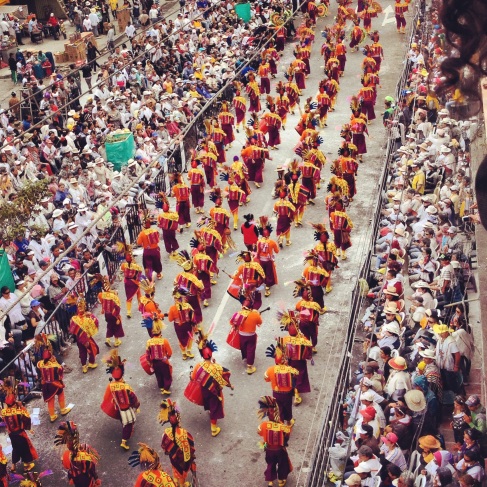
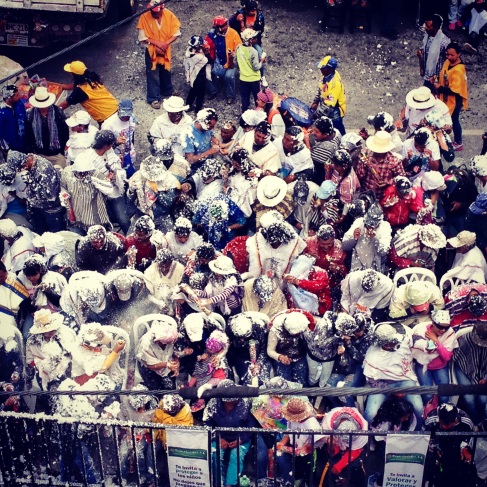
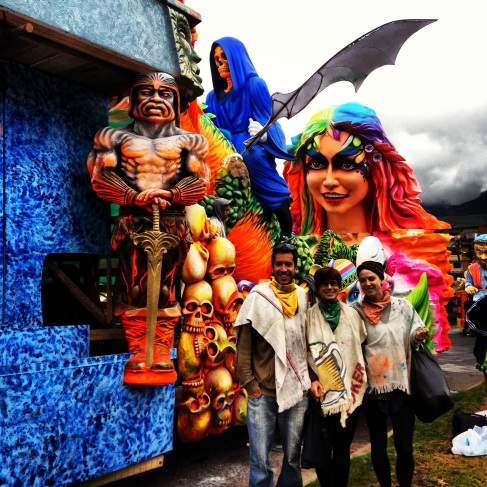
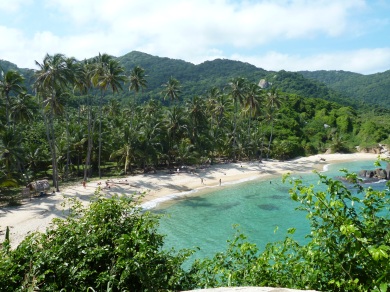
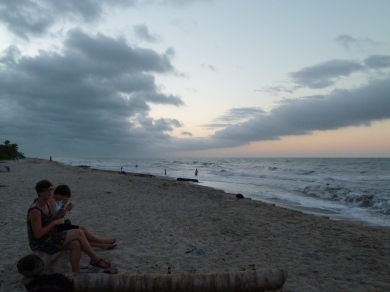
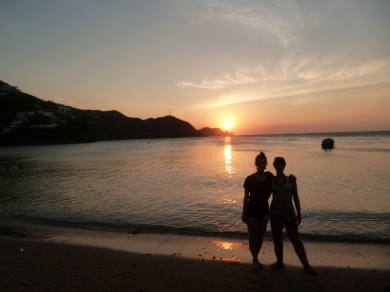
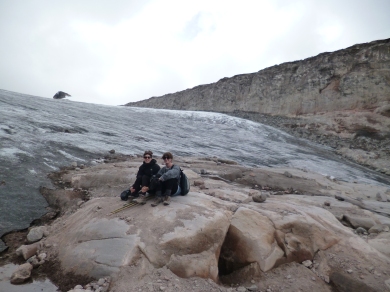
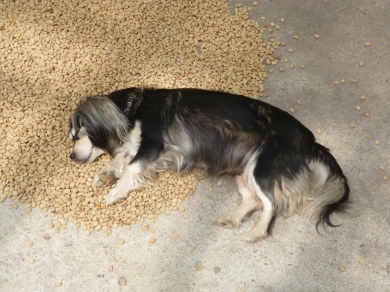
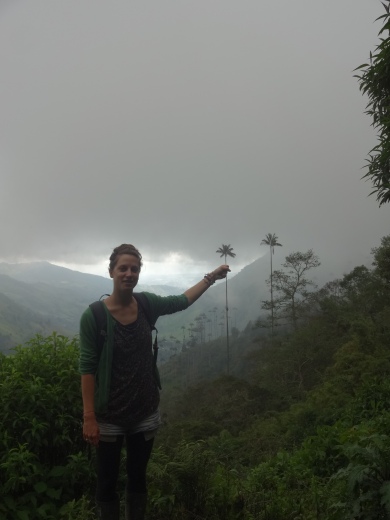
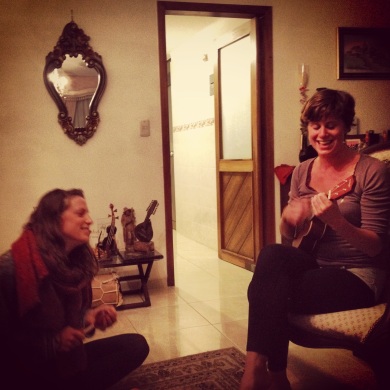
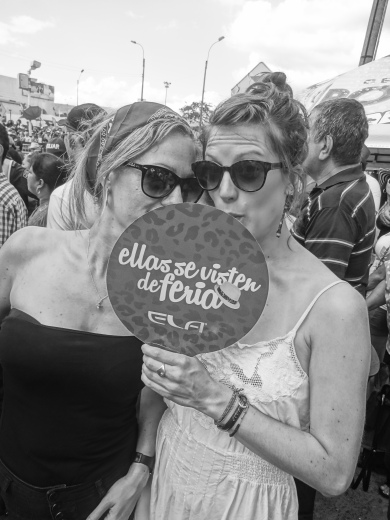
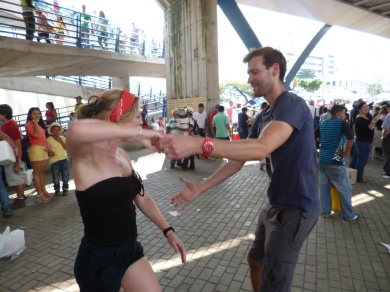
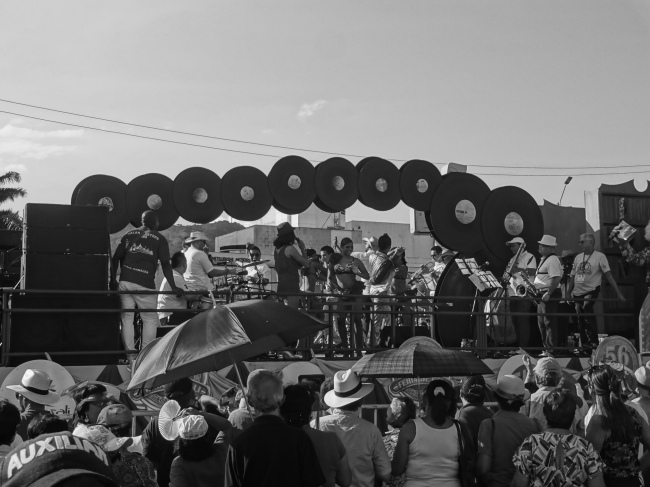
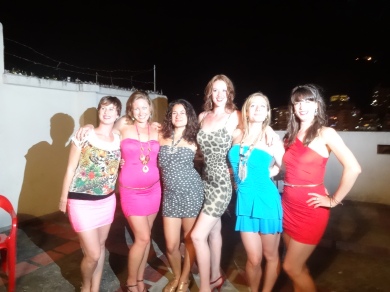
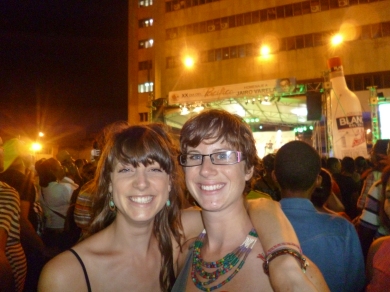
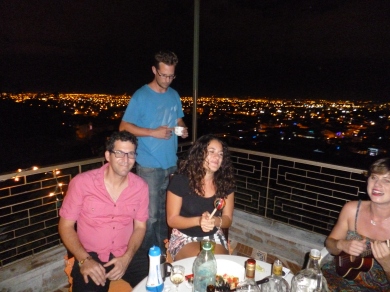
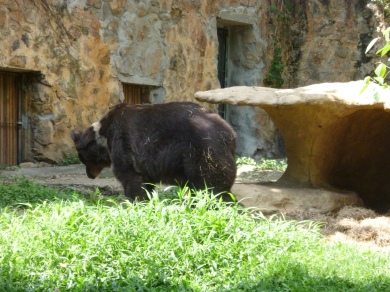
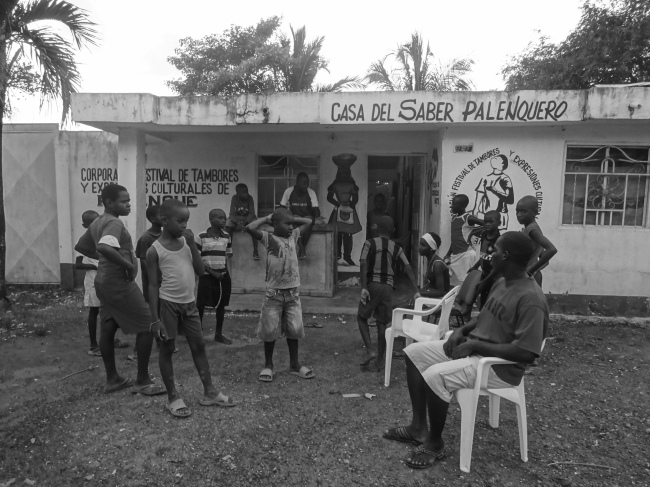
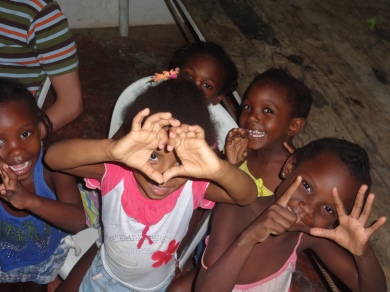
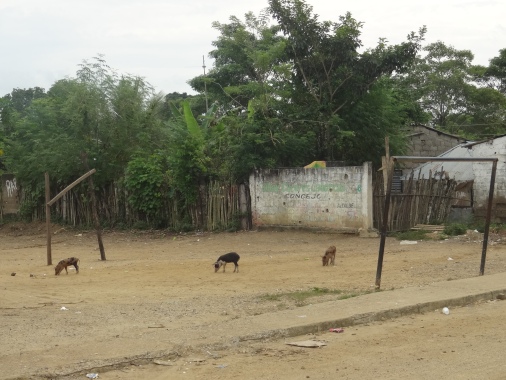
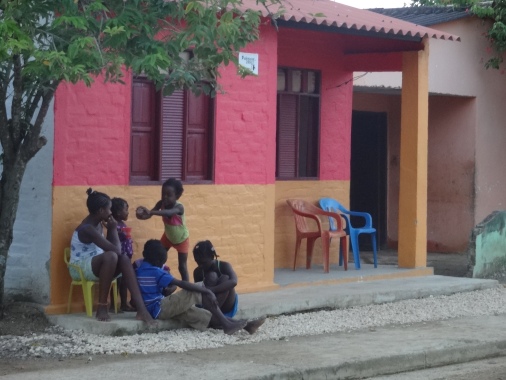
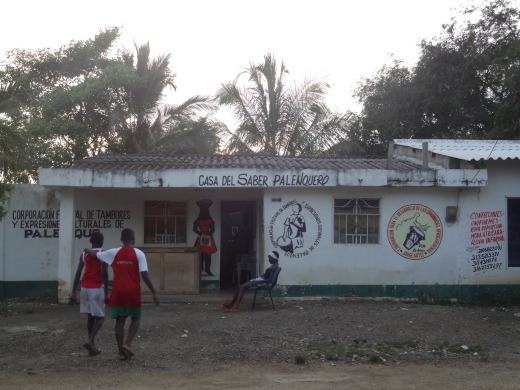
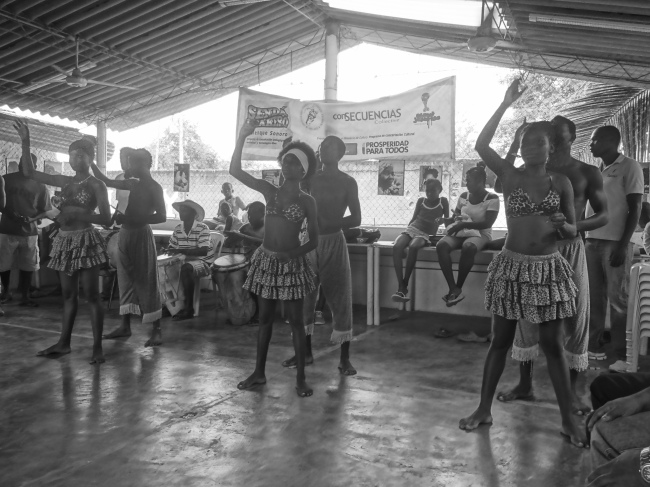
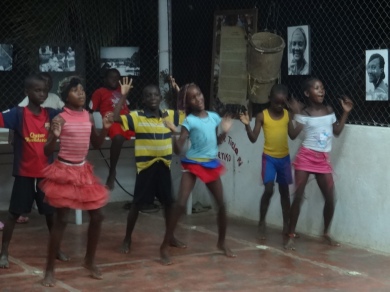 The dance comes from when the slaves used to dance for their masters and could show: love and desire, pain, non-conforming, and sometimes just making fun of the Spanish!
The dance comes from when the slaves used to dance for their masters and could show: love and desire, pain, non-conforming, and sometimes just making fun of the Spanish!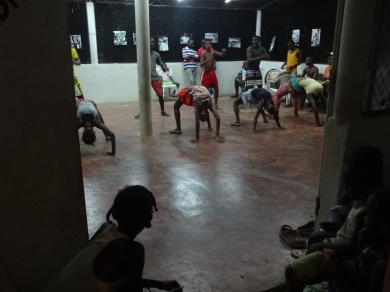 or to be in a certain place.
or to be in a certain place.